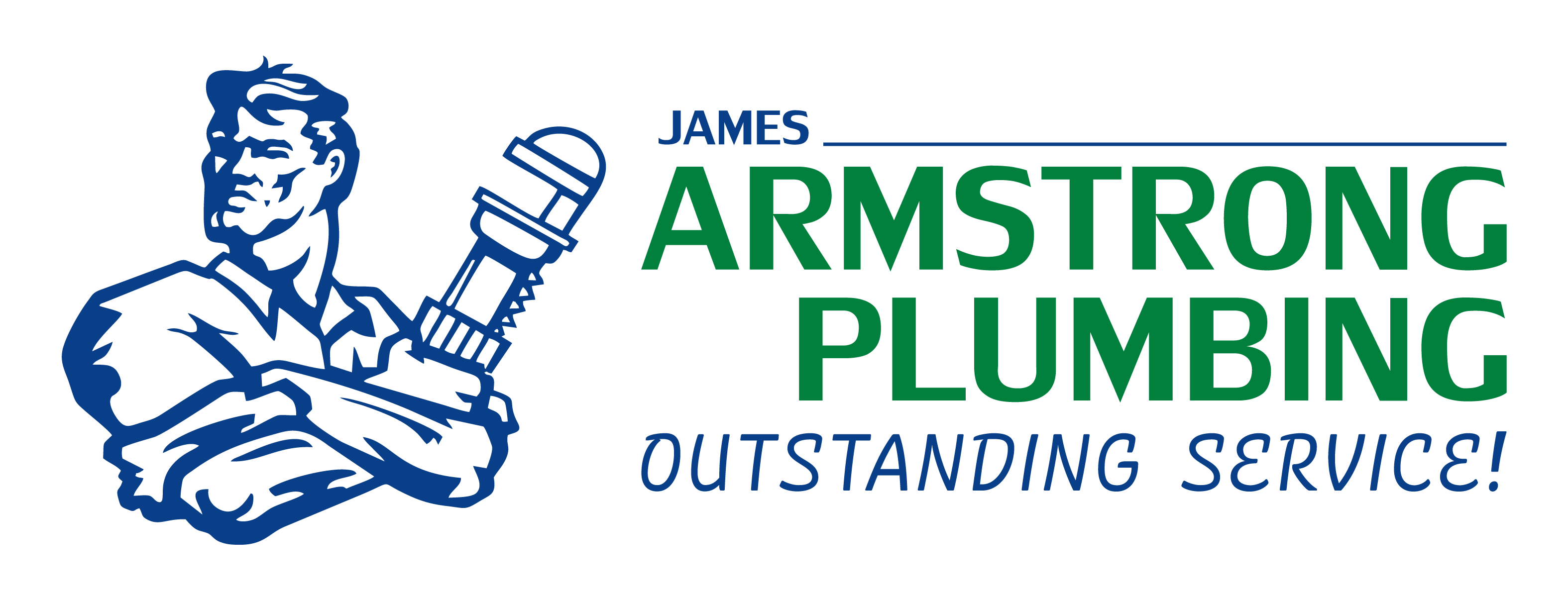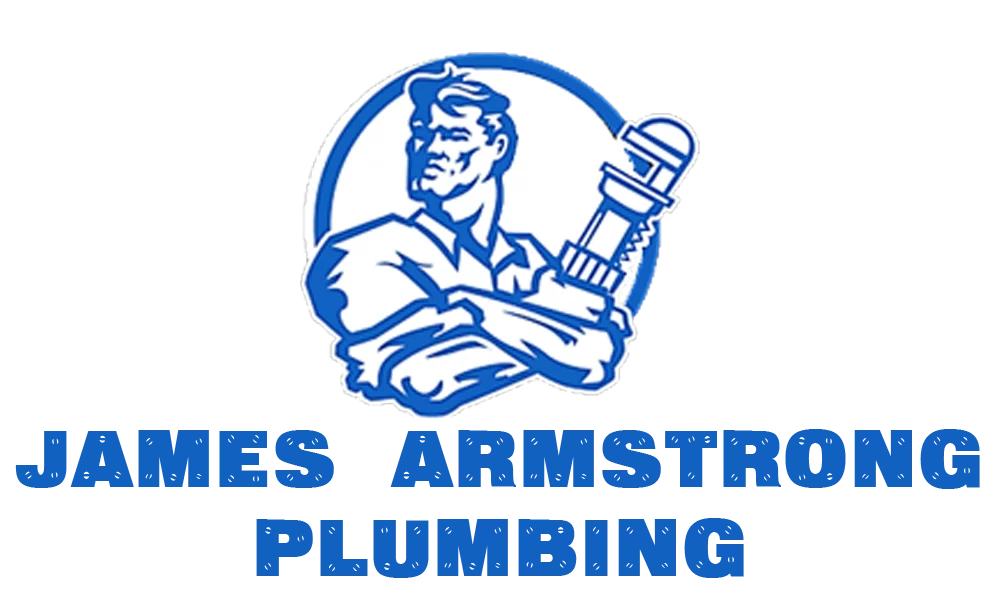Your sewer line has the responsibility of carrying away waste from your home to the main municipal sewer line underneath the street. Sewer lines are the silent heroes of our modern groundwork that quietly takes away wastewater to keep our homes and communities clean and livable. Sewer lines can be leaked, damaged, or blocked for a variety of reasons. Unblocking a blocked sewer line is normally not so difficult. But repairing or changing a broken sewer line certainly can be. If there is a need to replace a broken sewer line, you may have to dig up your backyard. It might even demand to digging up the walkway and part of the street. It all depends on which part of the sewer line has been creating issues. This process can be very costly, and the question arises who is accountable for paying to solve the issue whether it’s the homeowner or the city? To understand this, it’s essential to look at the different portions of a sewer system and where you’re responsibility starts and the city’s ends.
Understanding the Infrastructure
Before investigating the ownership, let’s have a look at the anatomy of sewer systems. Sewer lines usually spread from individual properties to the municipal sewer main. They form a network that enables the flow of wastewater. This network can extend towards huge distances and often lies under streets and public rights-of-way.
Domestic Property Ownership: The Starting Point
There is always some uncertainty about who is responsible for repairing sewer lines. Exposing of this complex web of ownership and maintenance demands a deep understanding of property laws, municipal rules, and common practices. Let’s discuss them. It only makes sense that the property holder is answerable for repairing the upper lateral section because this is placed on their property. However, many people have this misunderstanding that the city must repair the lower lateral. This only makes when the lower lateral is on the city’s property but not yours. Unluckily, it is true that the city is only accountable for maintenance and repairs to the main sewer line.
In the dominion of residential property, the responsibility for sewer line repair usually starts with the property line. Homeowners are mainly answerable for the maintenance and repair of the sewer line from their property to the linking point with the municipal sewer main. This division is often referred to as the “lateral” and falls under the responsibility of the property owner.
Municipal Responsibility: Where the Blame Stops
When the sewer line crosses the property line and connects to the municipal main sewer, responsibility shifts to the municipality or local governing body. Then they will be accountable for the maintenance and repair of this sewer. Municipalities have been assigned the duty to ensure the proper functioning of sewer mains to protect public health and preserve essential infrastructure.
Understanding Common Scenarios
Understanding the responsibility for sewer line repair becomes more essential in the following situations:
1. Shared Lines: In some circumstances, many properties may share a single sewer line. When such shared lines create problems, resolving this repairing issue can become more complex and often demands cooperation among Homeowners and municipal authorities.
2. Access rights: Easements or access rights grant legal permission to use a portion of another person’s land for a particular purpose, for instance, to get access to the sewer lines. A Clear easement agreement is fundamental for considering repair responsibilities because it may explain maintenance duties between property holders and municipal government.
3. Age and Wear: Like any structure sewer lines may also destroy over time. Determining responsibility for repair due to age-related deterioration can differ and depends on local rules and the specific circumstances of every case.
When I have to pay cost?
1. If you’re lower lateral is blocked or broken. This situation occurs because you put things down the toilet drain that you shouldn’t place. The lateral can also be broken when a tree on your property grows into your sewer line. In both cases, it is your responsibility to resolve the problem by using your own resources.
2. Repairing the lower lateral typically demands digging up the street. When this type of repair is essential, the city will always be responsible because it owns the property that will be dug up. The second reason for the involvement of the city is that the project will typically demand blocking some part of the street until the sewer line is stable, the hole is filled, and the street is repaved.
Legal Considerations
Legal outlines give shape to the structure of sewer line repair responsibilities. While laws and ordinances are different by authority there are several predominant principles that apply. Let’s discuss them in detail:
1. Compliance with rules and regulations: Cities often pass ordinances that explain responsibilities for sewer line maintenance and repair. Obeying these regulations is compulsory for landowners to avoid fines and to confirm compliance.
2. Accountability and Insurance: Property holders may face liability for damages if they neglect sewer line issues. Securing proper insurance coverage can lessen financial risks related to repair and liability.
Conclusion
Considering the maze of sewer line repair responsibilities requires a complete understanding of property ownership, Local government regulations, and legal considerations. By recognizing the responsibilities between private and public ownership, cooperating with neighboring property owners, and obeying to local laws, property holders can effectively address sewer line issues and maintain the reliability of essential infrastructure. In the end, a practical approach to sewer line maintenance not only enhances property value but also adds to the health and well-being of entire communities and ensures the smooth flow of cleanliness for generations to come.

